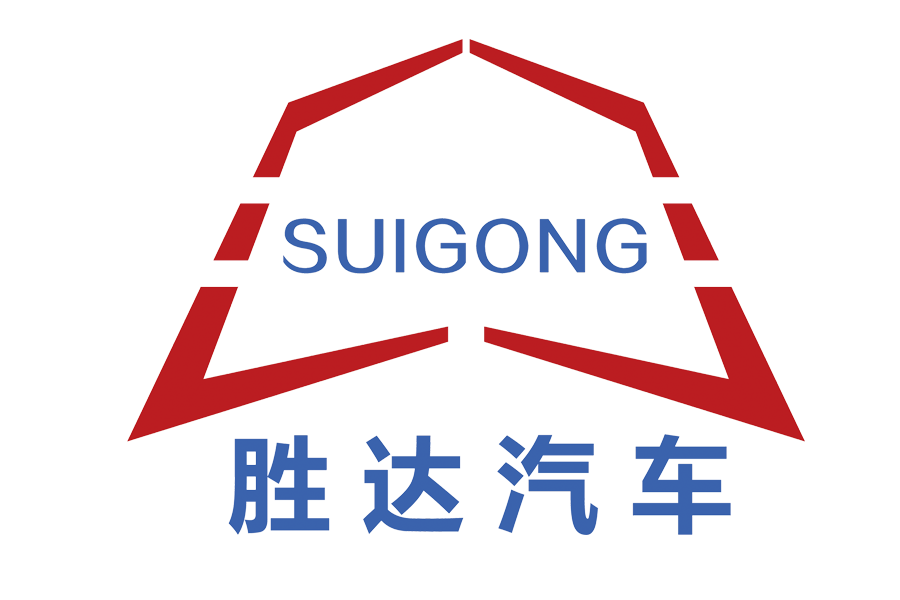Hybrid Power Option: The truck offers a mild hybrid system (diesel + 48V battery) that recovers energy during braking, reducing fuel consumption by 18% compared to fully diesel-powered models. This translates to annual fuel savings of approximately 3,000 liters per truck Hazardous material tanker.
Water Recycling System: A built-in filtration unit collects rainwater from the truck’s roof and runoff from spraying operations. After sedimentation and activated carbon filtration, the recycled water is reused for low-pressure spraying, Hazardous material tanker Hazardous material tanker cutting tap water consumption by 25%.
IoT-Based Fleet Management: Each truck is equipped with a 4G-enabled terminal that transmits real-time data on water level, fuel consumption, location, and spraying status to the park’s management platform. The system generates automatic alerts for refills, maintenance, and off-route operations, optimizing dispatch efficiency Hazardous material tanker Oil tanker prices.
Phase 1 Delivery (April 2024): Hazardous material tanker 10 trucks were delivered for trial operation in high-priority areas,Oil tanker prices including the container terminal and coal storage yard.tanker truck During this phase, Oil tanker prices Shengda’s technicians worked on-site to adjust nozzle angles and pressure settings based on actual dust conditions tanker truck.
Comprehensive Training Program:tanker truck A 5-day training session was organized for 40 park operators and maintenance staff. tanker truck The curriculum included:
Hands-on operation of the digital control panel and emergency shutdown procedures Oil tanker prices.
Maintenance of the hybrid system and filtration units, tanker truck with a focus on replacing filters and checking battery status tanker truck.
Interpretation of data from the IoT platform to optimize spraying routes tanker truck.
Full Deployment (May 2024):tanker truck The remaining 10 trucks were delivered after incorporating feedback from the trial phase, Oil tanker prices such as Oil tanker prices adding LED work lights for night operations and adjusting the Oil tanker prices nozzle height to avoid splashing cargo.

